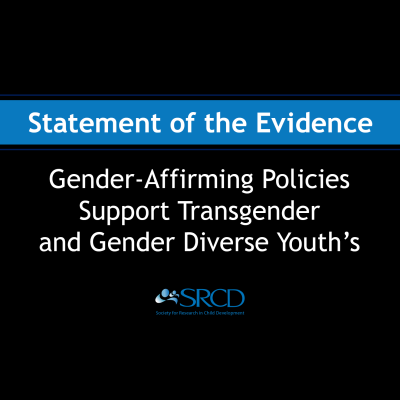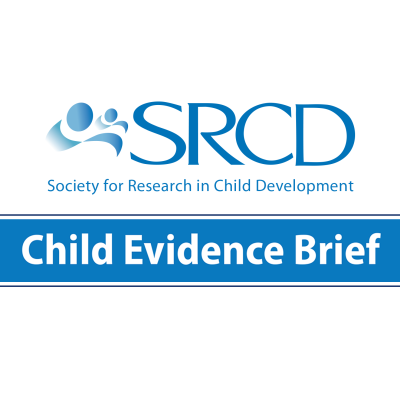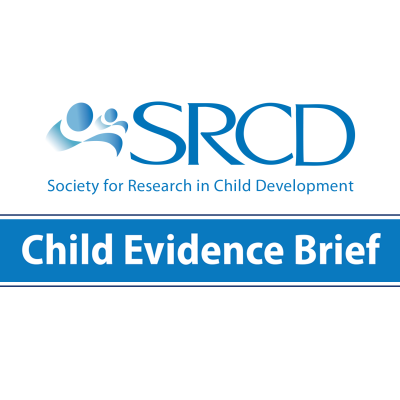Food Insecurity Harmful to Children’s Development
Why Does This Matter?
In 2009, 21.3 percent of American households with children experienced food insecurity, which means they had limited or uncertain access to adequate food at all times for an active, healthy life. In the current economic downturn, even more children may be at risk. Food insecurity is a public health problem with serious consequences for children, including greater likelihood of depression, anxiety, poor academic performance, birth defects, and behavior problems.
Evidence indicates that public food assistance programs help reduce food insecurity. Addressing gaps in public and private programs could lessen the consequences of food insecurity for more children.
Policy Implications
To reduce food insecurity and improve outcomes for children, policymakers should:
- Work to assure that the Supplemental Nutrition Assistance Program (SNAP) remains an entitlement and doesn’t face budget cuts when it’s reauthorized. Review the structure of SNAP benefits so families don’t run out of food before month’s end, and increase participation among eligible families at the upper end of income eligibility.
- Work to reach eligible families and programs: Make public food assistance programs for families more accessible and less difficult to administer, and reward states for streamlining enrollment and reaching eligible families; increase outreach by underused summer food service programs; encourage organizations that administer after-school programs to reach underserved families; and support education and outreach to programs about the Child and Adult Care Food Program.
- Support efforts to reduce poverty, since issues of hunger and uncertainty about food availability often (though not always) co-occur with poverty.
- Focus on both private and public food support programs: Work to improve the connection between public and private programs, for example by connecting sponsoring agencies with summer camps, summer school programs, and local businesses to provide transportation.
- Support efforts to evaluate the effectiveness of weekend feeding programs and private food assistance programs.
What the Research Says
- Children in food-insecure households are at increased risk for:
- Physical problems, including low birthweight, birth defects, compromised immunity, and anemia
- Academic problems, including lower test scores, smaller increases in K-3 math and reading scores, and being held back in school
- Psychosocial difficulties, including greater anxiety and depressive symptoms, and more aggressive behavior in school
- Food insecurity affects children in different ways at different ages. In the first three years of life, it can put children at risk for developmental delays. Between ages 3 and 8, it’s associated with poorer physical quality of life. Food-insecure teens are more likely to be suspended and have difficulty getting along with others.
- Food insecurity leads to less positive development because:
- Inadequate nutrients needed for healthy growth influence brain development and immunity
- Mothers in food-insecure homes are more likely to be depressed, and consequently, less sensitive, emotionally available, and consistent as parents
- Unpredictability in food availability can mean more erratic daily environments
Facts at a Glance
- Food security and insecurity are measured annually through the U.S. Food Security Scale, which was developed by the U.S. Department of Agriculture and the National Center for Health Statistics.
- Rates of food insecurity for households with children have remained high over the past decade: In 1998, the rate was 17.6 percent. From 2007 to 2009, it jumped from 15.8 percent to 21.3 percent.
- Low-income households with children are more likely to be food insecure than those without children (46.9 percent vs. 34.0 percent). Lowincome female-headed households with children have high food insecurity rates (49.9 percent).
- The federal government operates programs administered by state agencies, including SNAP; the Special Supplemental Nutrition Program for Women, Infants, and Children (WIC); and the National School Lunch Program. Programs differ in eligibility requirements, funding sources, use of a voucher system versus direct food distribution, and inclusion of educational programming.
- Private food assistance programs, such as those administered through the Feeding America national network, provide services through food pantries, soup kitchens, and weekend feeding programs like the BackPack Program. The Feeding America system served an estimated 37 million people in 2009, an increase of 46 percent since 2005.
This brief summarizes a longer Social Policy Report, "Household Food Insecurity: Serious Concerns for Child Development," by Barbara H. Fiese, Professor of Human and Community Development, Family Resiliency Center, University of Illinois at Urbana-Champaign; Craig Gundersen, Professor of Agricultural and Consumer Economics, Department of Agricultural and Consumer Economics and Director, National Soybean Research Laboratory, University of Illinois at Urbana-Champaign; Brenda Koester, Assistant Director, Family Resiliency Center, University of Illinois at Urbana-Champaign; and LaTesha Washington, Graduate Research Assistant, Department of Human and Community Development, University of Illinois at Urbana-Champaign.


